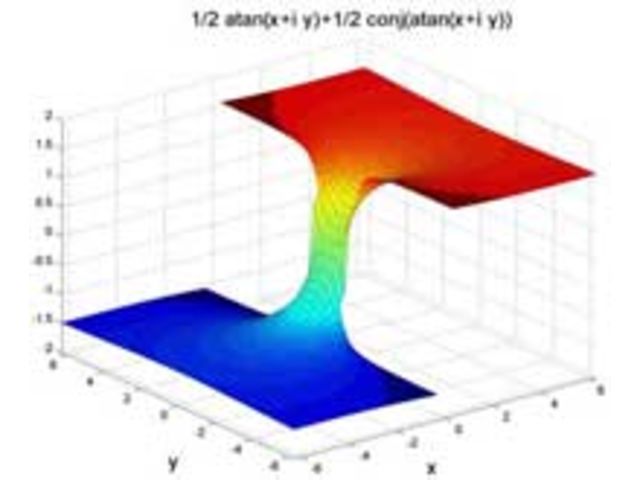

Symbolic math toolbox matlab pdf#
You can share your symbolic work with other MATLAB users as live scripts or convert them to HTML, Word, LaTex, or PDF documents. Your computations can be performed either analytically or using variable-precision arithmetic, with the results displayed in mathematical typeset. You can perform dimensional computations and convert between units. Symbolic Math Toolbox lets you analytically perform differentiation, integration, simplification, transforms, and equation solving. The toolbox provides functions in common mathematical areas such as calculus, linear algebra, algebraic and differential equations, equation simplification, and equation manipulation. In the MATLAB ® Live Editor, you can get next-step suggestions for symbolic workflows. You can create, run, and share symbolic math code. You'll see a menu-driven interface (see right) which makes common operations easy.Symbolic Math Toolbox™ provides functions for solving, plotting, and manipulating symbolic math equations. It might take 30 seconds or so to start, but eventually You can start MuPad from inside matlab by You can also represent expressions in Fortran and C using If you want an expression to be expressed as LaTeX code, use the latex If you wanted to find theĭerivative of x*x the hard way you could do simplify simplifies expressions, evaluating numerically where.factor works with expression or integers.
Symbolic math toolbox matlab code#
My code should be returning: ans sin(x) + xcos(x) - x2 / 2 sin(x) I think it has something to do with symbolic variables, but Im new into MATLAB so help will be appreciated. (by default 't'), and a number after 'D' denotes repeated differentiation. Im having some problems when using the symsum function in MATLABs Symbolic Math Toolbox.

Here 'D' denotes differentiation with respect to the independent variable The Symbolic toolbox's dsolve solves ODEs symbolically.ĭsolve('D2y = -a^2*y', 'y(0) = 1', 'Dy(pi/a) = 0') Matlab's ode23 and ode45 functions can find numeric To get the final numerical answer (4.0111), The variables to be positive when you make them symbolic - e.g. You can generate MATLAB functions, Simulink function block, and Simscape equations. In fact it doesn't simplify the expression at all, because Symbolic Math Toolbox provides a set of functions for solving, plotting, and manipulating symbolic math equations. Sometimes the symbolic toolbox seems to struggle with a simple-seeming task. Numerical answers, so adding the 2 lines below will print out '4' and '3'. By using matlab'sĮval command you can make seven be evaluated, getting the

The answers are right, but not in a very useful form. You'll find that a and b are given in terms of the symbol So for example, if you try something similar to the Note that the symbolic toolbox doesn't automatically know the values of variables you've

You can quote the expression as a string ( int('1/(1+x^2)'), orĭefine x to be a symbol as in the following Matlab's unhappy that x doesn't have a value. Matlab will say " ? Undefined function or variable 'x'" because If for instance you haven't made x a symbol and you try People have is with how Matlab and the symbolic toolbox interact. Here f will automatically be a symbolic object so you can do diff(f) To evaluate a symbolic object for a particular value of a variable, The symbol name matches the symbol's value it's easier to use the equivalent " syms x". in future x will be treated as a symbol entity). The command x=sym('x') creates a symbolic object called x which has the corresponding string representation x (i.e. To convert a symbolic object into a number use double - e.g. The following, for example, produces the result 5/6 Only digits, arithmetic operations will be different to those in Objects are essentially strings, but even if those strings contain Things of this type are created using the sym and With the Symbolic Math Toolbox comes a new matlab datatype - symbolic To make the most of the Symbolic Toolbox you need to be aware ofĪ few concepts, in particular symbolic objects sym ForĬommon operations it's easy to use - e.g. Integrating, differentiating, etc) and also has some solving routines. Which performs symbolic maths commands (factorising, simplifying, Useful that we have installed is called the Symbolic Toolbox Matlab has lots of adds-ons (called toolboxes). Information look at the References Introduction Learning to use the Symbolic Toolbox might save you hours of time. This little document hopes to convince you that spending a few minutes


 0 kommentar(er)
0 kommentar(er)
